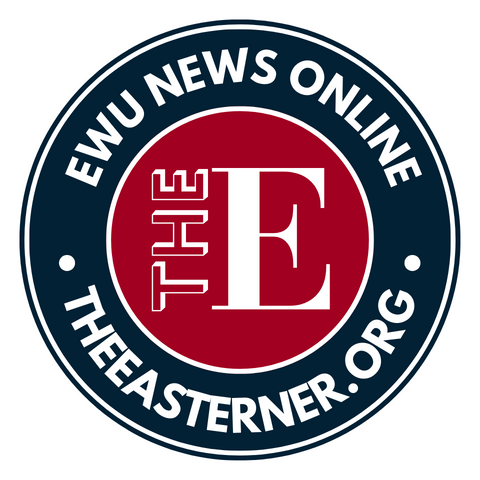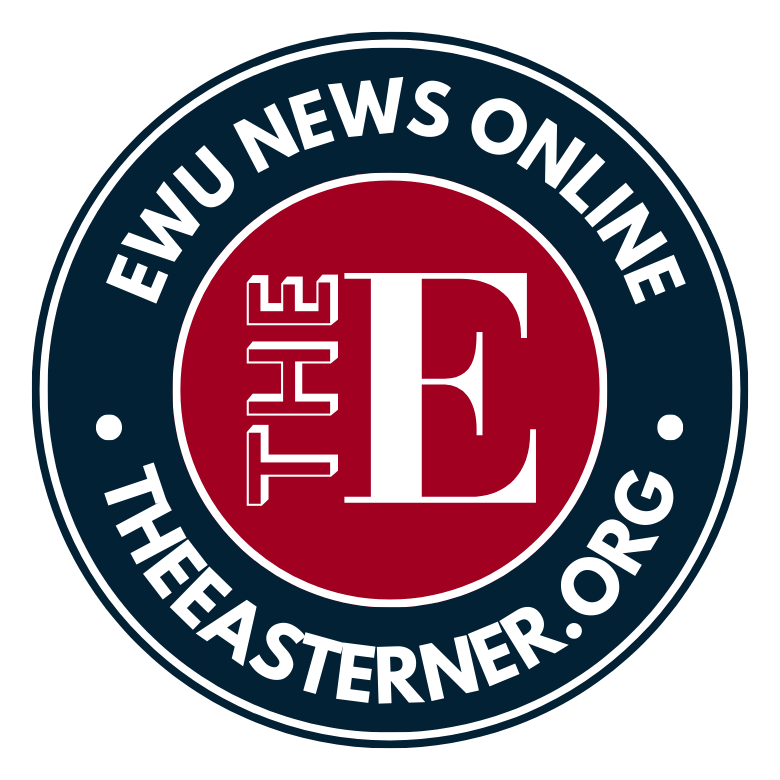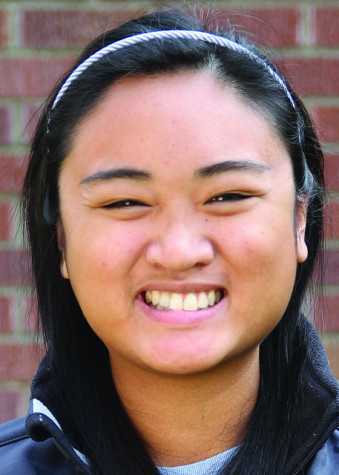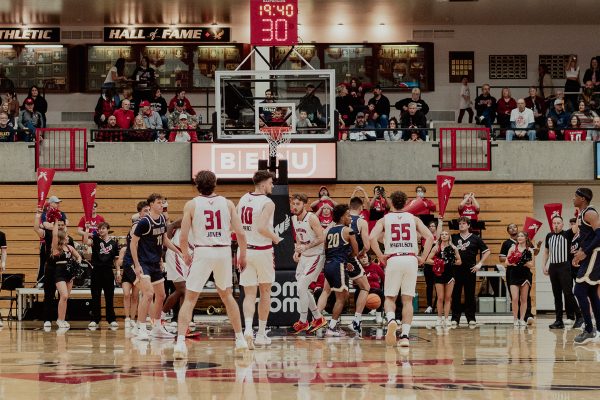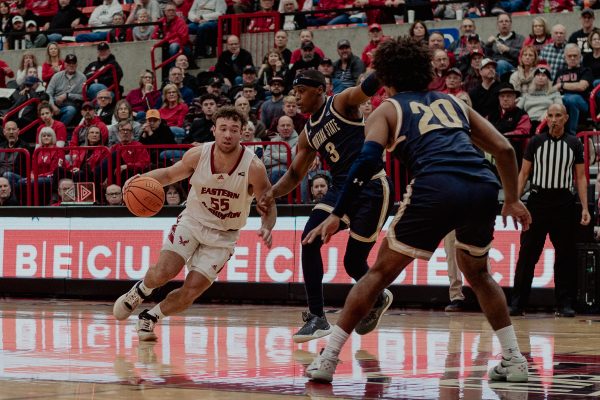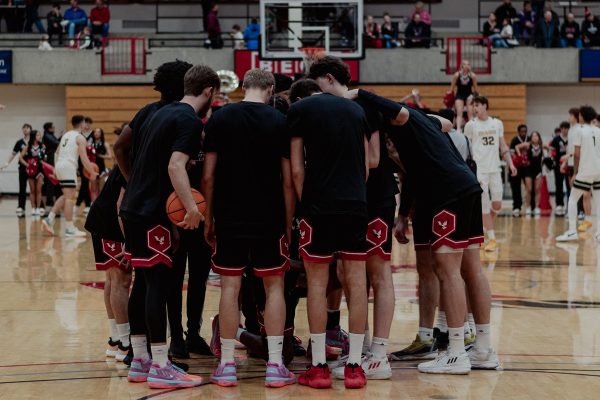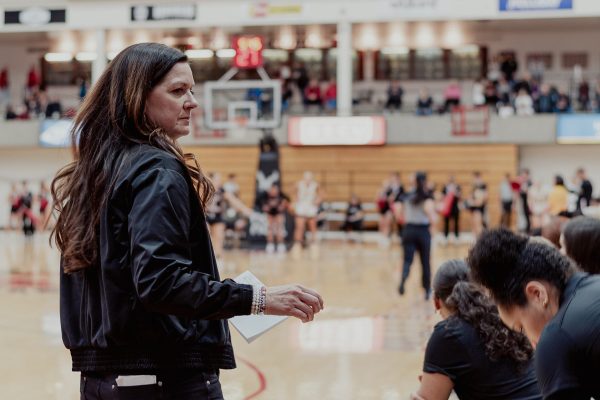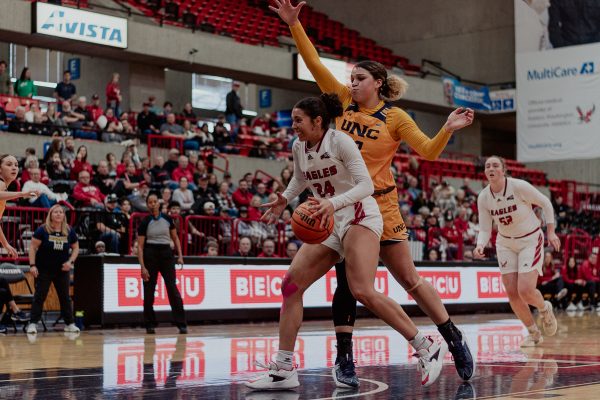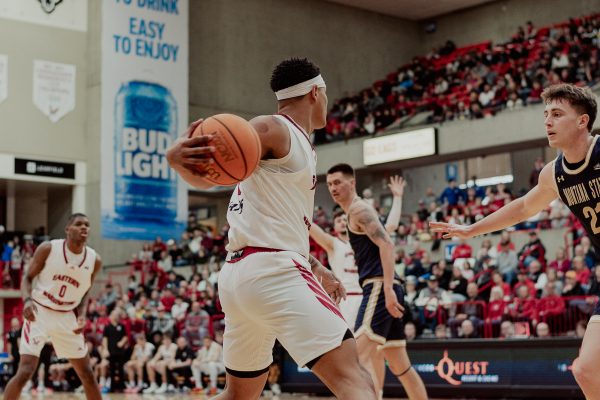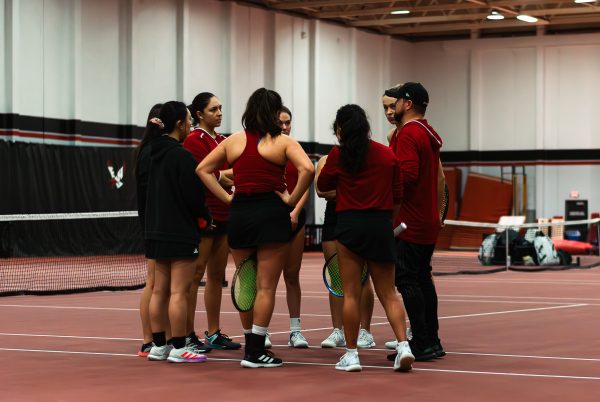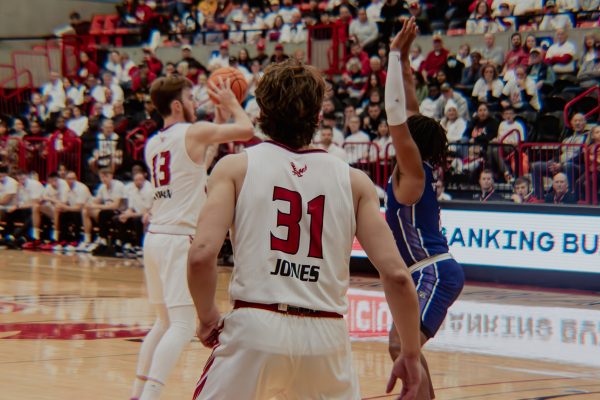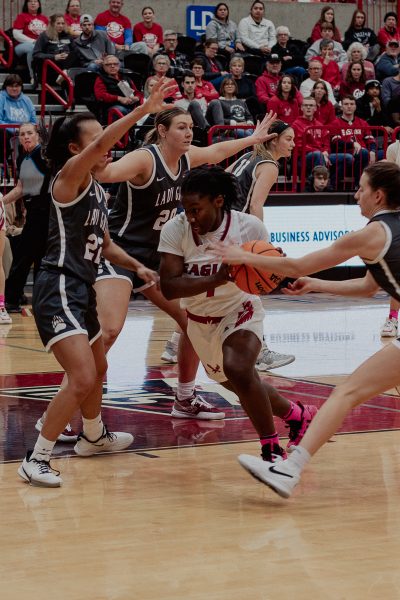Challenge accepted
April 25, 2013

Imagine climbing 35 feet in the air, walking across balance beams and jumping to new heights.
The common misconception is that a challenge course is all in the air, when in fact it can be done in any setting, according to challenge course program director Christopher Cindric.
“The key is that you are trained and knowledgeable about the philosophies and the foundational concepts of what a challenge is, and then you implement them typically in an educational environment,” said Cindric.
At the challenge course the facilitators look for the group goal and choose the best tools to help meet the group’s goals, according to Cindric.
There are ground elements, 17 low elements and 12 high elements. Of the low elements there are poles, platforms and obstacles that are physically and mentally challenging and done in a spotted environment.
The high elements are 35 feet high. There is a Burma bridge, Elvis lunge, catwalk, Pamper pole and zipline, according to Cindric.
The challenge course was built to teach and build teamwork. Participants get to know one another better and facilitators get hands on experience for their minor in challenge course.
There are about 30 people currently minoring in challenge course, according to Cindric.
According to recreation management major and senior Cindell Stacy, the main rule is that you are challenged by choice, but participants are encouraged to go out of their comfort zone.
Common goals are team building, teamwork, improving communication, effective leadership style and building trust. “We have a lot of groups that are in forming stages, so they don’t know each other. And the challenge course is a great tool if you have a brand new group,” said Cindric.
“I like exposing students to this type of resource. Helping people build friendships,” said recreation and leisure services graduate assistant Luke Parsons.
Stacy works with people all the time because she works at the Challenge Course and Cheney Parks and Recreation. “[The minor has] given me a lot more ideas on how to work with different groups of people and how to get them engaged.”
“We work with [participants], and over time you can see how much they’ve changed. Even a couple hours out there you can tell that they are becoming more comfortable and more talkative and more willing to do things that they normally wouldn’t,” said Stacy.
“It’s more than just an activity it’s a way to get people to know you. All the activities took a lot of courage and trust,” said sophomore Shawna San Nicols.
Before groups start at the challenge course they find a common goal of what they want to accomplish, according to Cindric.
Afterwards, there is a debriefing session that goes over what they learned on the challenge course and how to apply this in their own personal life, work, school or the group focus, according to Stacy.
Stacy’s favorite part of the job is being able to see the different growth in other groups.
San Nicols recommends the challenge course to others. “I think you learn something from it, whether it’s successful or not, its fun. It brings people together, even strangers.”
“I like exposing students to this type of resource, helping people build friendships,” said recreation and leisure services graduate assistant Luke Parsons.
Stacy works with people all the time because she works at the challenge course and Cheney Parks and Recreation. “[The minor has] given me a lot more ideas on how to work with different groups of people and how to get them engaged.”
“We work with [participants], and over time you can see how much they’ve changed. Even a couple hours out there you can tell that they are becoming more comfortable and more talkative and more willing to do things that they normally wouldn’t,” said Stacy.
“It’s more than just an activity. It’s a way to get people to know you. All the activities took a lot of courage and trust,” said sophomore Shawna San Nicols.
Before groups start at the challenge course, they find a common goal of what they want to accomplish, according to Cindric.
Afterwards, there is a debriefing session that goes over what they learned on the challenge course and how to apply this in their own personal life, work, school or the group focus, according to Stacy.
Stacy’s favorite part of the job is being able to see the different growth in other groups.
San Nicols recommends the challenge course to others. “I think you learn something from it, whether it’s successful or not, it’s fun. It brings people together, even strangers.”
